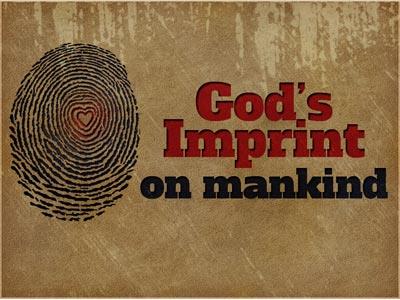-
The Best Is Yet To Come!
Contributed by Warner Pidgeon on Jan 22, 2012 (message contributor)
Summary: There are similarities between the start of John's gospel and Genesis, culminating with water into wine on the 7th day (see full text for explanation). I believe this miraculous sign reveals the glory of Jesus and says the best is yet to come.
Christ Church - the best is yet to come!
John’s gospel focuses upon signs that pointed to, and revealed the identity and glory of Jesus (2:11); and towards the end of his gospel John states why he wrote his book: ‘Jesus did many other miraculous signs in the presence of his disciples, which are not recorded in this book. But these are written that you may believe that Jesus is the Christ, the Son of God, and that by believing you may have life in his name’ (20:30-31).
The gospel of John is written so that we may believe that Jesus is the Messiah, and that through believing in him we may have life in abundance.
I believe that God alone is the giver of life. We are made in his image (Genesis 1:26-27) as described in the book of Genesis; and yet there is so much more to life than simply existing. In Jesus we have life in all its fullness, and the gospel writer John shows us how.
John’s gospel has important similarities to the start of Genesis. (John 1:1-3): ‘In the beginning was the Word, and the Word was with God. He was with God in the beginning. Through him all things were made; without him nothing was made that has been made’. Genesis 1:1, ‘In the beginning God created’.
He goes on to say that although ‘the world was made through [Jesus] the world did not recognise him’ (1:10). He says ‘the Word [that’s Jesus] became flesh and made his dwelling among us’ (1:14); and he then writes about John the baptiser who preached about the coming Messiah by saying, “No-one has ever seen God, but the only begotten Son who is at the Father’s side has made him known” (1:18).
John the baptiser also said, “I baptise you with water but among you stands one you do not know. He is the one who comes after me, the thongs of whose sandals I am not worthy to untie” (1:26-27).
And in the gospel something then happens that is so very easy to miss. John writes, ‘The next day’ (1:29); and if you’ll bear with me for a moment, just imagine that everything from John 1:1 through to John 1:28 has all been squeezed into one day in the way that the gospel writer is presenting the case for Christ. Day one includes the existence of Christ with God the Father in the beginning, the creation of the world, the birth of Christ, and the preaching of John the baptiser.
‘The next day’ (1:29) John sees Jesus and proclaims that he is ‘the lamb of God who takes away the sin of the world’ (1:29) and this section ends with the baptiser pointing at Jesus and saying, “I testify that this is the Son of God” (1:34); and it seems as if this is day two of John’s account.
‘The next day’ (1:35), in other words day three, John again points to Jesus as the Lamb of God and two of John’s disciples leave to go with Jesus (1:39).
But it was already late. It was about the tenth hour (near the end of the day) and we are told that they spent that day with him. This strongly suggests that they were with Jesus for a full day which takes us in to day four and during that time Andrew goes off to find his brother Simon Peter to introduce him to Jesus (1:41) – and I still haven’t even reached John 2 which is our Bible text this morning.
(1:43) ‘The next day Jesus decided to leave for Galilee’; so on day five Jesus heads off for Galilee and has an encounter with a man called Nathanael – the encounter that we studied last Sunday.
But the best is yet to come!
And at the start of chapter two John writes, ‘On the third day a wedding took place at Cana in Galilee’ (2:1). The wedding does not take place on day six, because John doesn’t say the next day. He says ‘on the third day’ which means ‘the day after the next day’; so we have to count from day 5 up to day 7.
In other words in John’s gospel which seeks to bring us into a relationship where we believe in Jesus as the Messiah so that we might have life; day seven is the day when Jesus turns water into wine. In the Book of Genesis God rested on the seventh day but in the gospel of John Jesus is at work on day seven. The number seven in scripture is also used to represent completeness and fullness, so in this sign when Jesus takes ordinary water and produces the very best of wine (2:10) John is strongly alluding to fullness, completeness, God’s kingdom, and life in abundance; the New wine of the kingdom of God.

 Sermon Central
Sermon Central



